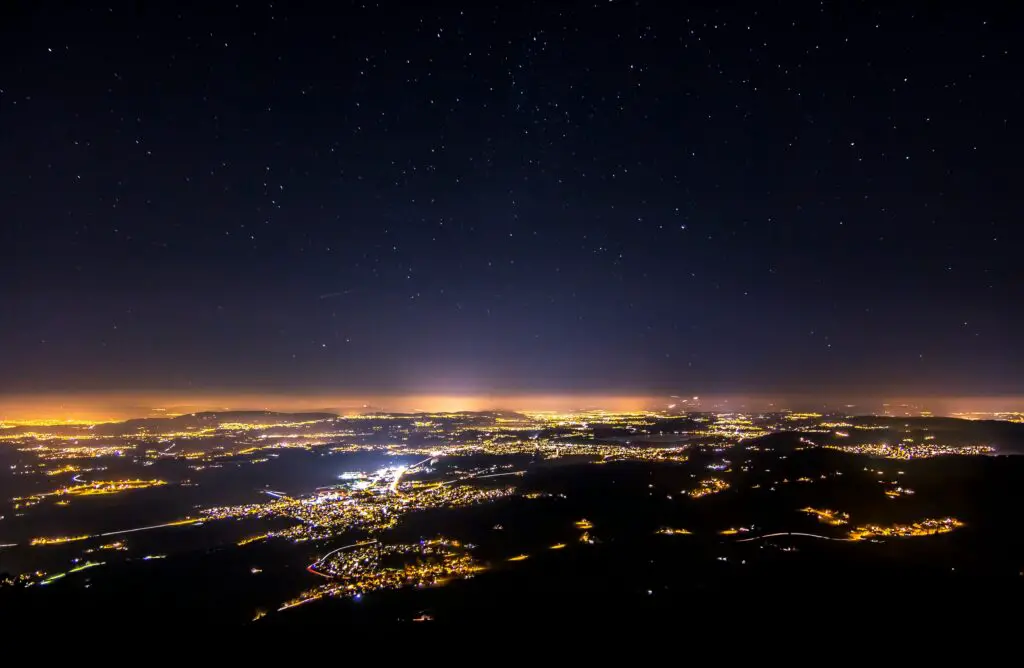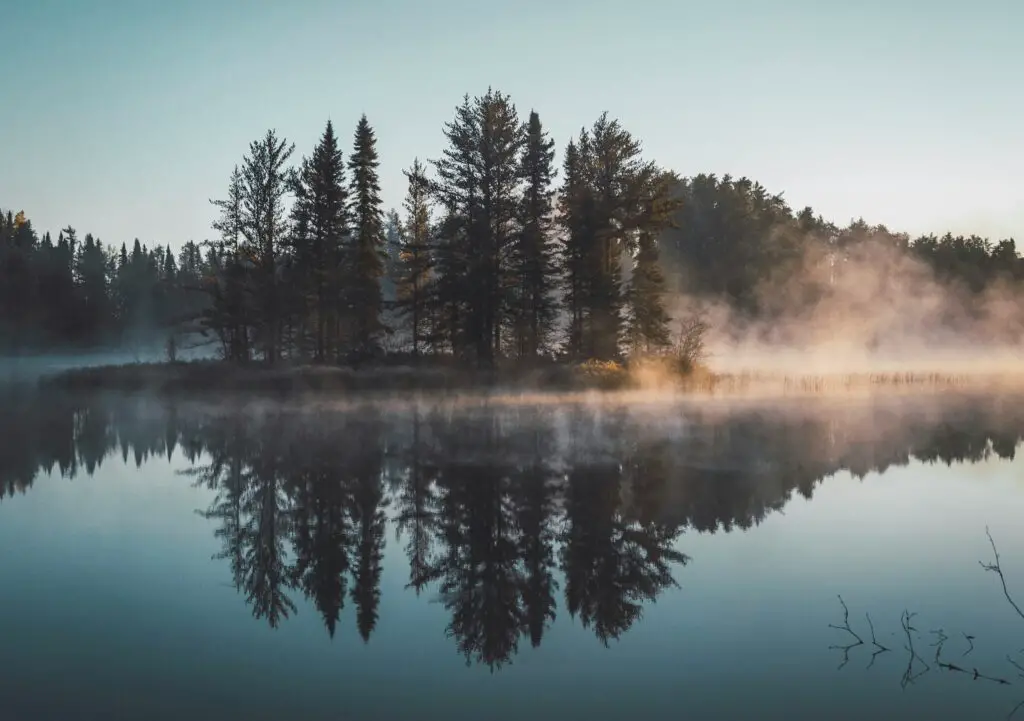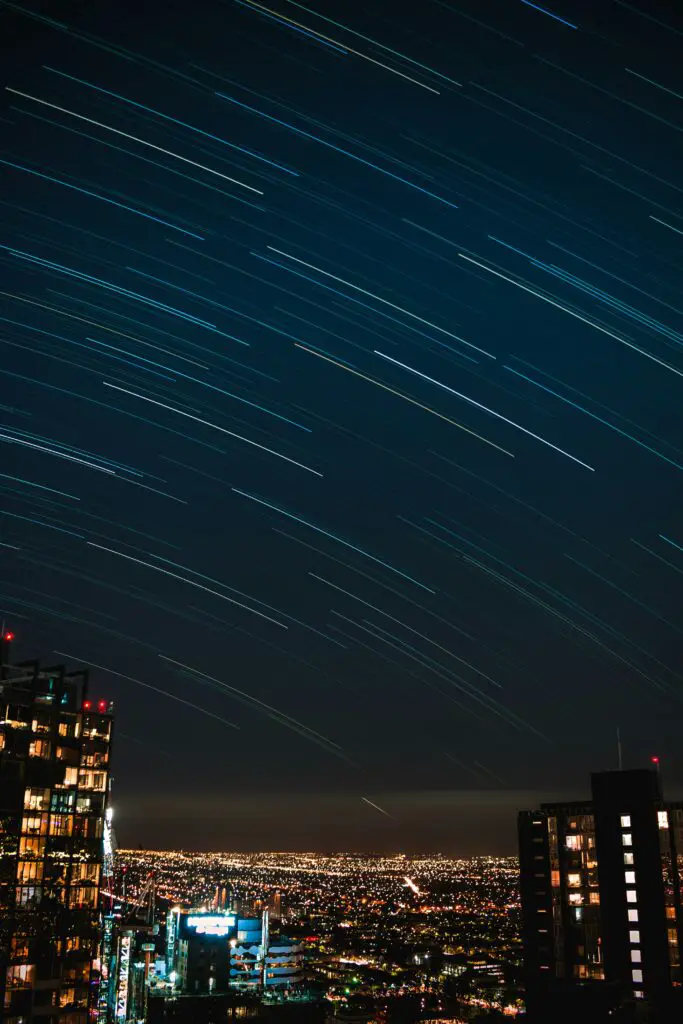The Hidden Dangers of Light Pollution: How It Affects Us All
Light Pollution: A Hidden Environmental Challenge
What is light pollution/ definition of light pollution
What is Light Pollution?

Light pollution occurs when artificial light extremely brightens the night sky, interfering with the natural darkness. It’s divided into several types:
- Skyglow: The bright corona over populated areas caused by streetlights and city lights, which makes it difficult to see stars at night.
- Glower: Excessive brightness that causes visual discomfort, often from sick designed streetlights or car headlights.
- Light Violation: Unwanted or invasive light falling into areas where it’s not needed, like a bright streetlight shining into a bedroom window.
- Confusion: Bright, confusing groupings of lights, such as in seriously commercial areas, which can be awesome and confusing.
The primary sources of light pollution include streetlights, billboards, residential lighting, and commercial properties. While these lights serve important functions, their overuse and mismanagement contribute to a rising environmental problem.
Effects on the Environment
Light pollution has a deep impact on the natural world, troublesome the lives of uncountable species. Many animals, mainly night ones, trust on the darkness of night for survival. When their environment is flooded with artificial light, it can lead to confusion, misunderstanding, and even death.
Impact on Wildlife
For example, birds that migrate or hunt at night use the stars to pilot. Skyglow and other forms of light pollution can confuse them, leading them to lost off course, sometimes seriously. Similarly, insects, which are worn to light, often become stuck by artificial sources and die from collapse or predation.
Disruption of Ecosystems
Ecosystems depend on a slight balance between light and dark. Artificial lighting can throw off this balance, leading to changes in killer-prey relationships and changing the behavior of plants and animals. For example, some plants trust on the natural light cycle to determine when to bloom. Lengthy exposure to artificial light can cause them to flower at the wrong times, affecting the entire ecosystem.

Example: Sea Turtles
A well-known example of light pollution’s impact on wildlife is the case of sea turtles. When hatchlings emerge from their cases on the beach, they automatically move toward the brightest horizon, which is typically the reflection of the moon and stars on the ocean. However, artificial lights from nearby buildings and streets can confuse them, leading them away from the water and toward dangerous roads, where many are killed.
Effects on Human Health
Light pollution doesn’t just harm the environment; it also has serious implications for human health. Our bodies follow a natural daily beat, a 24-hour cycle that regulates sleep, hormone production, and other bodily functions. Artificial light, especially blue light from screens and LED bulbs, can disrupt this cycle, leading to various health issues.

Disruption of Daily Times
Exposure to light at night can overpower the production of melatonin, a hormone that regulates sleep. This disruption can lead to sleep disorders, such as sleeplessness, and has been linked to more plain health problems, including obesity, depression, and even sure types of cancer.
Example: Sleep Studies
Several studies have shown a connection between light pollution and sleep disturbances. For example, a study conducted by the National Institutes of Health found that individuals living in highly struck areas were more likely to practice shorter sleep durations and minor sleep quality. This lack of sleep can have dropping effects on overall health, including increased stress levels and a higher risk of chronic diseases.
Impact on Astronomy
One of the most profound effects of light pollution is the loss of the night sky. For thousands of years, humans have looked up at the stars, drawing inspiration, creating stories, and advancing our understanding of the universe. However, light pollution has lowered the night sky for many, making it difficult to see even the brightest stars.
Challenges for Astronomers
Astronomers, both unprofessional and professional, struggle to observe holy objects due to the crushing glow from artificial lights. This interference baskets scientific research and removes us of the beauty and wonder of the night sky.
Example: The Battle for Dark Skies
Many stations are located in remote areas to leak the effects of light pollution. However, as urban areas develop, even these private spots are at risk. Organizations like the International Dark-Sky Association work diligently to protect these areas and promote responsible lighting practices.
Solutions to Light Pollution
Luckily, light pollution is a problem that can be solved with simple measures. By making conscious decisions about how we use light, we can reduce its impact on the environment and our health.
Simple Steps to Reduce Light Pollution
- Use protected lighting: Directs light down where it’s needed, reducing skyglow and glower.
- Install motion sensors: Confirms lights are only on when necessary.
- Switch to warmer bulbs: Reduces the amount of blue light emitted, which is more harmful to both humans and wildlife.
- Turn off unnecessary lights: Simple but effective, turning off lights when they’re not needed can significantly reduce light pollution.
Technological Solutions and Community Initiatives
Cities and communities around the world are adopting measures to combat light pollution. For example, some cities have begun converting streetlights to LEDs with lowering capabilities, allowing them to reduce brightness during late hours. Additionally, “Dark Sky” communities, which enforce strict lighting regulations, have been successful in protective the natural night environment.

Example: Dark Sky Communities
Towns like Staff, Arizona, have been recognized as Dark Sky groups for their efforts to reduce light pollution. Through community-driven initiatives and thoughtful lighting policies, these areas have not only improved local ecosystems but also enhanced residents’ quality of life.
Conclusion
Light pollution is a growing but often overlooked environmental issue with serious values for both the planet and human health. By understanding the problem and taking action to reduce unnecessary lighting, we can restore the natural balance of light and dark, helping wildlife, human health, and our ability to enjoy the night sky. Simple steps, when taken collectively, can make a significant difference in combating light pollution.

Great content
Great concept of light pollution
Nice content
good concept
Pingback: Light Pollution Map: Understanding the Brightness of Our Night Skies